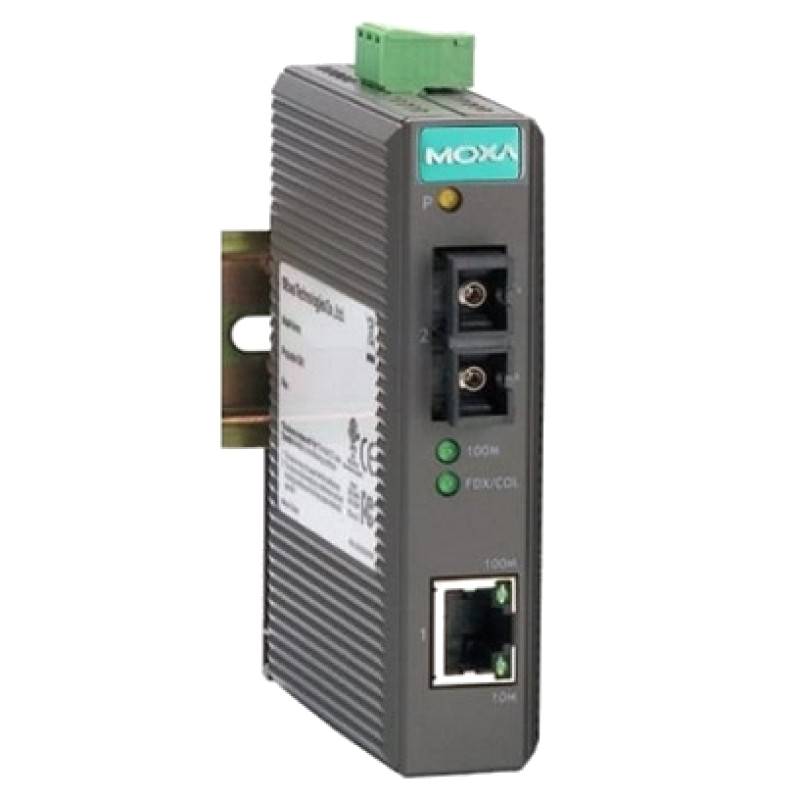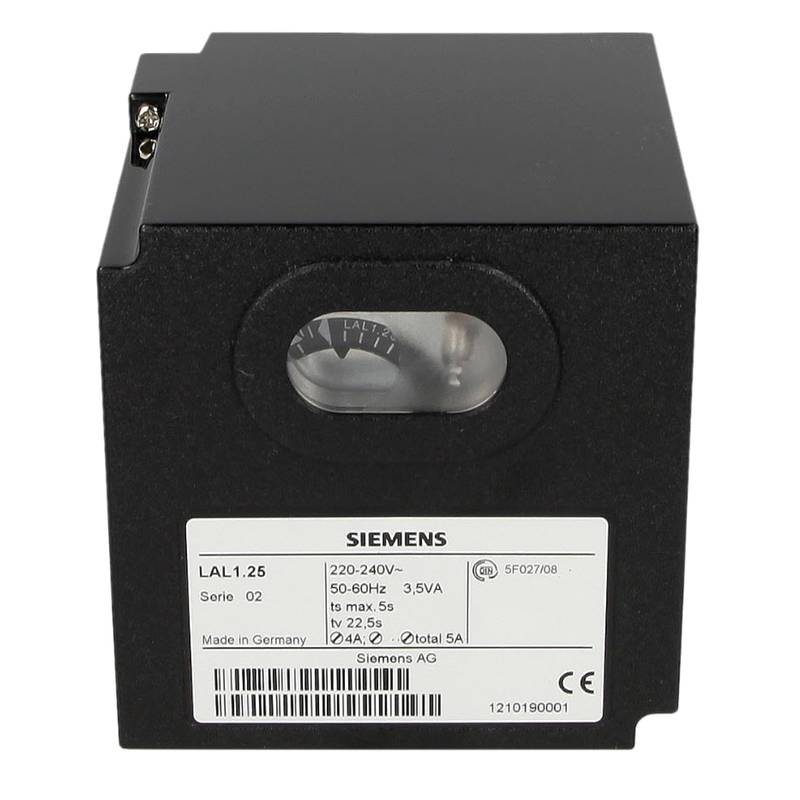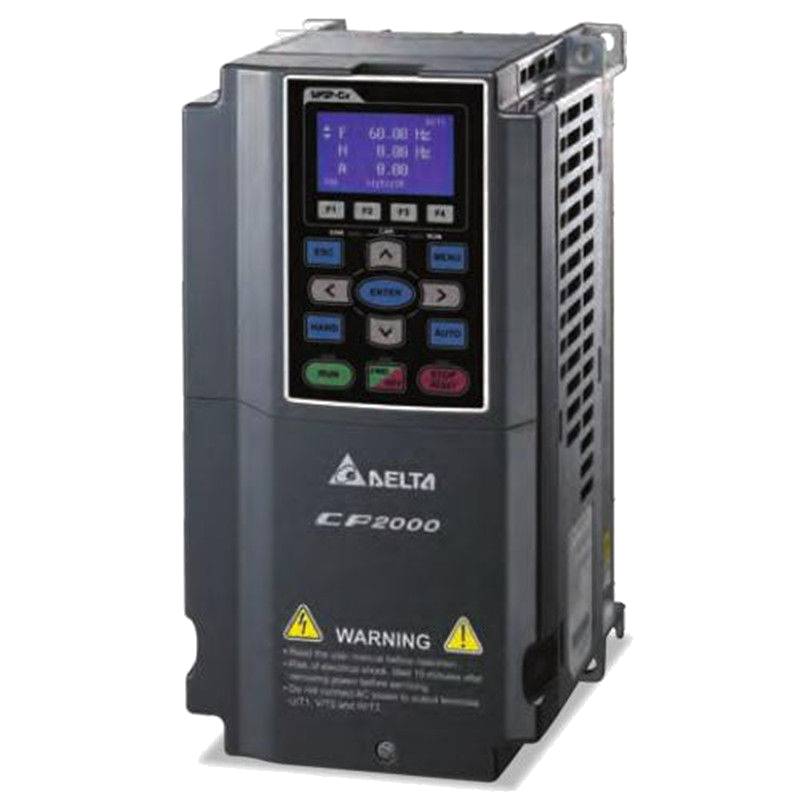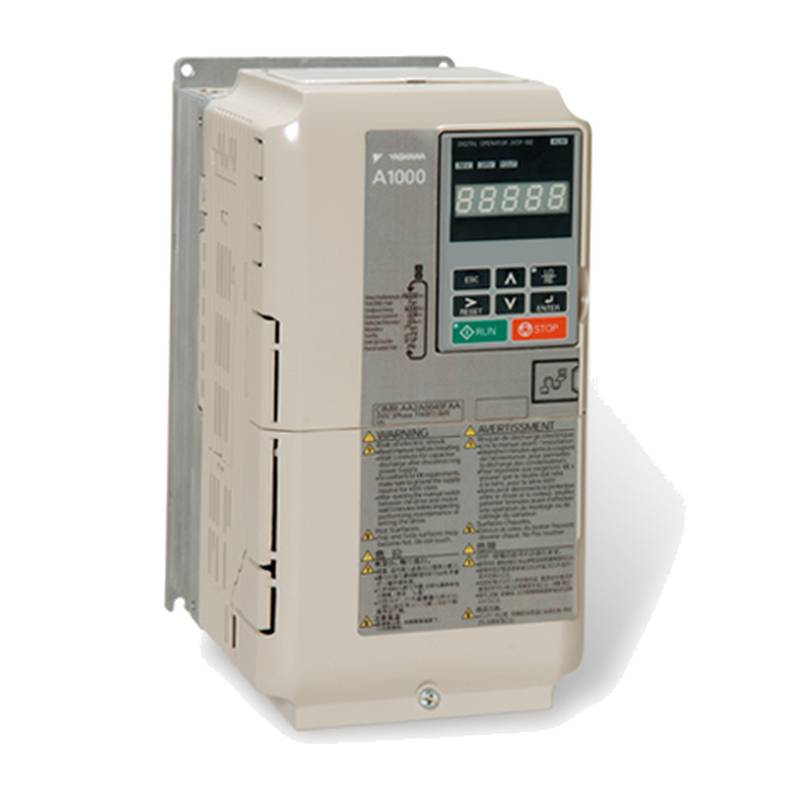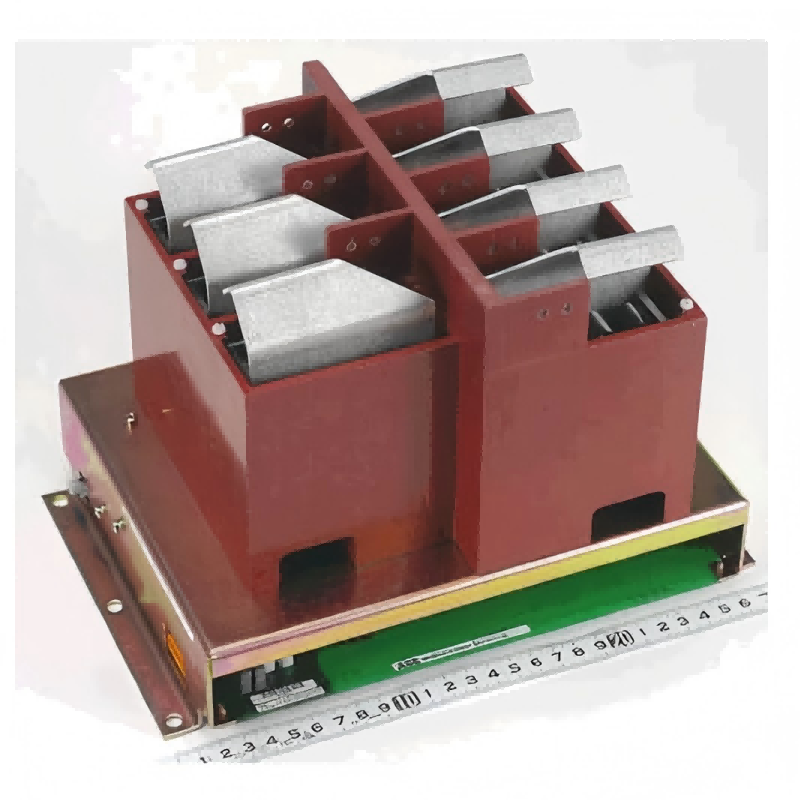
The Siemens 5SY6102-7CC is a single-pole, 2-amp miniature circuit breaker (MCB) designed for robust overcurrent protection in industrial and residential electrical systems. This compact device offers reliable tripping characteristics, safeguarding circuits against short circuits and overloads. Its key advantages include high breaking capacity, dependable performance, and compliance with international safety standards.
Product Specifications
| Feature | Specification |
| :----------------------- | :-------------------------------------------- |
| Manufacturer | Siemens |
| Product Series | 5SY6 |
| Product Number | 5SY6102-7CC |
| Poles | 1P (Single Pole) |
| Rated Current (In) | 2A |
| Rated Voltage (Ue) | 230/400V AC |
| Tripping Characteristic | C |
| Breaking Capacity (Icn) | 6kA |
| Frequency | 50/60 Hz |
| Protection Type | Overcurrent, Short Circuit |
| Mounting Type | DIN Rail |
| Degree of Protection | IP20 |
| Operating Temperature | -25°C to +45°C |
| Standards Compliance | IEC/EN 60898-1, IEC/EN 60947-2 |
Core Features & Market Positioning
The Siemens 5SY6102-7CC distinguishes itself through its robust C-curve tripping characteristic, ideal for applications with moderate inrush currents from inductive loads like motors and transformers. Its 6kA breaking capacity ensures it can safely interrupt fault currents, a critical safety feature in industrial environments. As part of the established Siemens 5SY6 series, this MCB benefits from the brand's reputation for quality, reliability, and extensive manufacturing expertise. This positions it as a dependable choice for electrical contractors and system integrators seeking high-performance, cost-effective protection solutions that minimize downtime and maintenance requirements.
Key Application Scenarios
This Siemens 5SY6102-7CC MCB is extensively employed in distribution boards, control cabinets, and electrical panels for protecting individual circuits. Its suitability for sensitive equipment makes it a prime candidate for safeguarding control systems, small motors, lighting circuits, and auxiliary power supplies in manufacturing plants. In residential settings, it effectively protects circuits for appliances with moderate inductive loads, offering reliable safety against electrical faults and ensuring the longevity of electrical installations. It is also a standard component in panel building for various industrial automation projects.
Practical System Integration Guidance
Integrating the Siemens 5SY6102-7CC into existing electrical systems is straightforward due to its standard DIN rail mounting. Ensure the supply conductors are connected to the line terminals and the load conductors to the respective load terminals, observing correct polarity. For optimal performance and safety, termination should be made using appropriately sized ferrules and a calibrated torque wrench to meet the specified torque values. Verification of proper connection and circuit functionality should be conducted before energizing the system to prevent potential hazards.
Operation and Risk Mitigation
The 5SY6102-7CC operates by automatically disconnecting the circuit when an overcurrent condition (overload or short circuit) is detected, indicated by the actuation of the toggle lever. To reset the breaker after a fault, ensure the fault condition has been resolved, then manually toggle the lever back to the ON position. Avoid attempting to reset the breaker repeatedly if the fault persists, as this could damage the device or the protected equipment. Regular visual inspection for damage and periodic testing, in accordance with local electrical codes, are crucial for risk mitigation and ensuring continued operational safety.
Scalability & Long-Term Value
While the Siemens 5SY6102-7CC is a standalone protection device, its value lies in its seamless integration within broader Siemens industrial control and automation ecosystems. This MCB is compatible with a wide range of Siemens switchgear and other components, facilitating easy expansion or modification of electrical panels. Its robust construction and adherence to stringent quality standards ensure a long operational lifespan, reducing the total cost of ownership. For future upgrades, compatibility with newer Siemens protective devices and integration capabilities with digital monitoring systems can be considered, offering a pathway to enhanced electrical system management and IIoT integration.
Frequently Asked Questions
What is the tripping characteristic of the Siemens 5SY6102-7CC?
The Siemens 5SY6102-7CC features a Type C tripping characteristic. This means it is designed to trip when current exceeds 5 to 10 times the rated current.
This characteristic is ideal for circuits with moderate inductive loads. It allows for inrush currents from devices like motors or transformers without nuisance tripping.
Type C breakers offer a balance between protection sensitivity and handling temporary overcurrents from specific equipment.
How do I install the Siemens 5SY6102-7CC MCB?
Installation involves snapping the MCB onto a standard 35mm DIN rail. Ensure the electrical panel is de-energized before proceeding with any installation.
Connect the incoming power supply to the upper terminals (line side) and the outgoing load wires to the lower terminals (load side). Use appropriate cable lugs or ferrules and torque to manufacturer specifications.
Verify all connections are secure and correct polarity is maintained before restoring power and testing the circuit's operation.
What type of protection does the Siemens 5SY6102-7CC provide?
This MCB provides essential protection against overcurrents. It effectively safeguards electrical circuits from both overload and short-circuit faults.
Overload protection prevents damage from prolonged current draw above the rated limit. Short-circuit protection clears extremely high currents that occur instantaneously.
By interrupting fault currents, the 5SY6102-7CC prevents electrical fires, protects connected equipment, and ensures personnel safety.
Can the Siemens 5SY6102-7CC be used for DC applications?
The Siemens 5SY6102-7CC is primarily designed and rated for AC (Alternating Current) applications. Its voltage rating of 230/400V AC confirms this primary use case.
While some MCBs can be adapted for DC use, this specific model's specifications, including its C-curve, are optimized for AC systems. Using it in DC circuits may lead to inadequate protection or device failure.
Always consult the product datasheet or Siemens technical support for specific DC application suitability and correct DC-rated circuit breaker selection.
What is the breaking capacity of the Siemens 5SY6102-7CC?
The Siemens 5SY6102-7CC has a breaking capacity of 6kA. This refers to the maximum fault current the breaker can safely interrupt without sustaining damage.
A 6kA rating is sufficient for many standard residential and light industrial applications. It ensures the breaker can effectively and safely disconnect the circuit during a severe short circuit.
Higher breaking capacity ratings are available for applications with potentially higher fault currents, typically found in larger industrial facilities or near main power sources.
Where is the Siemens 5SY6102-7CC typically used?
This MCB is commonly found in electrical distribution boards and control cabinets. It's ideal for protecting individual circuits in commercial and residential buildings.
Specific applications include protecting lighting circuits, socket outlets, and small motor loads. Its compact, single-pole design makes it space-efficient.
It's a standard component for panel builders and electrical installers requiring reliable overcurrent protection for single-phase circuits.
What does "1P 2A" mean on the Siemens 5SY6102-7CC?
"1P" signifies that the circuit breaker has a single pole. This means it controls and protects a single conductor, typically used for single-phase circuits.
"2A" indicates the rated current of the breaker, which is 2 Amperes. This is the maximum continuous current the breaker can carry without tripping under normal operating conditions.
Together, "1P 2A" means it is a single-pole circuit breaker designed to protect a circuit carrying up to 2 amps of current.
How does the C-curve tripping characteristic benefit applications?
The C-curve characteristic allows for higher inrush currents compared to Type B breakers. This is crucial for inductive loads that draw a temporary surge of current upon startup.
Examples include motors, transformers, and fluorescent lighting ballasts. The C-curve prevents these devices from causing nuisance tripping during normal operation.
It provides a good balance, offering sensitive protection while accommodating the transient currents typical of many industrial and commercial electrical devices.
Is the Siemens 5SY6102-7CC compliant with safety standards?
Yes, the Siemens 5SY6102-7CC complies with key international safety standards. It meets IEC/EN 60898-1 and IEC/EN 60947-2 requirements.
These certifications ensure the breaker has undergone rigorous testing for performance, safety, and reliability. Compliance guarantees it meets global electrical safety benchmarks.
Adherence to these standards is critical for ensuring safe electrical installations and protecting users and equipment from electrical hazards.
What is the operating temperature range for this MCB?
The Siemens 5SY6102-7CC operates reliably within a temperature range of -25°C to +45°C. This broad range ensures consistent performance in various environmental conditions.
Operating within this specified temperature range is essential for maintaining the breaker's protective functions and lifespan. Extreme temperatures outside this range can affect its tripping behavior.
Proper ventilation in enclosures where these MCBs are installed is recommended to help maintain temperatures within the optimal operating limits.

















